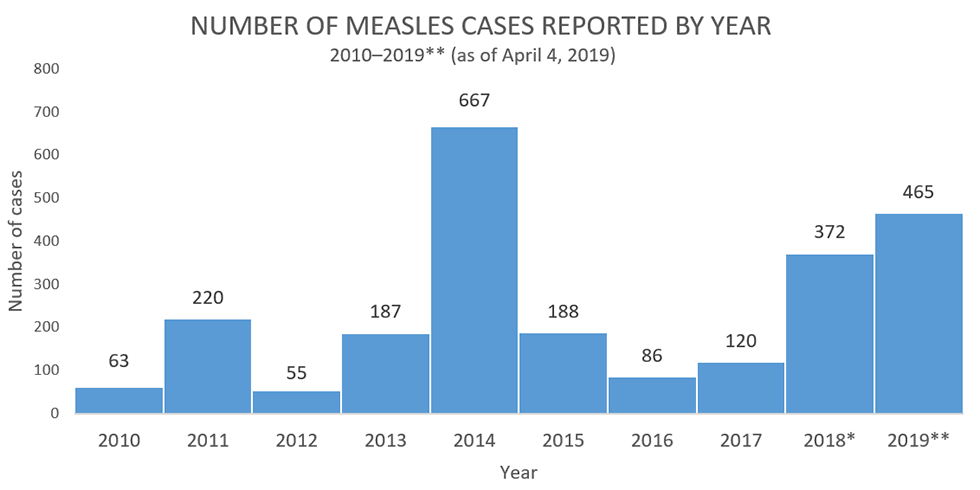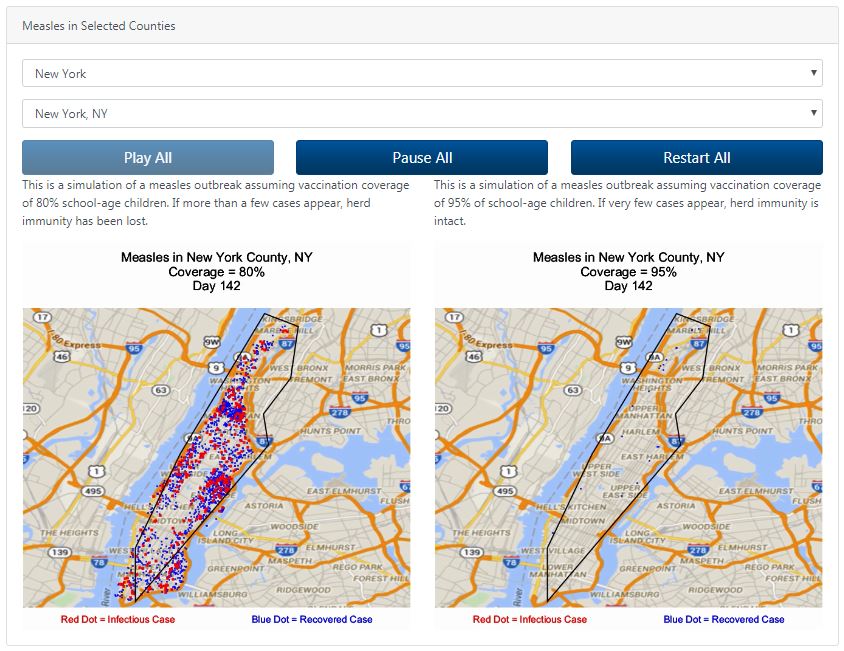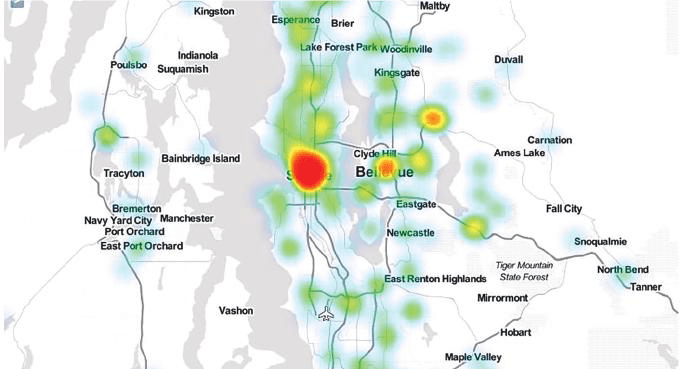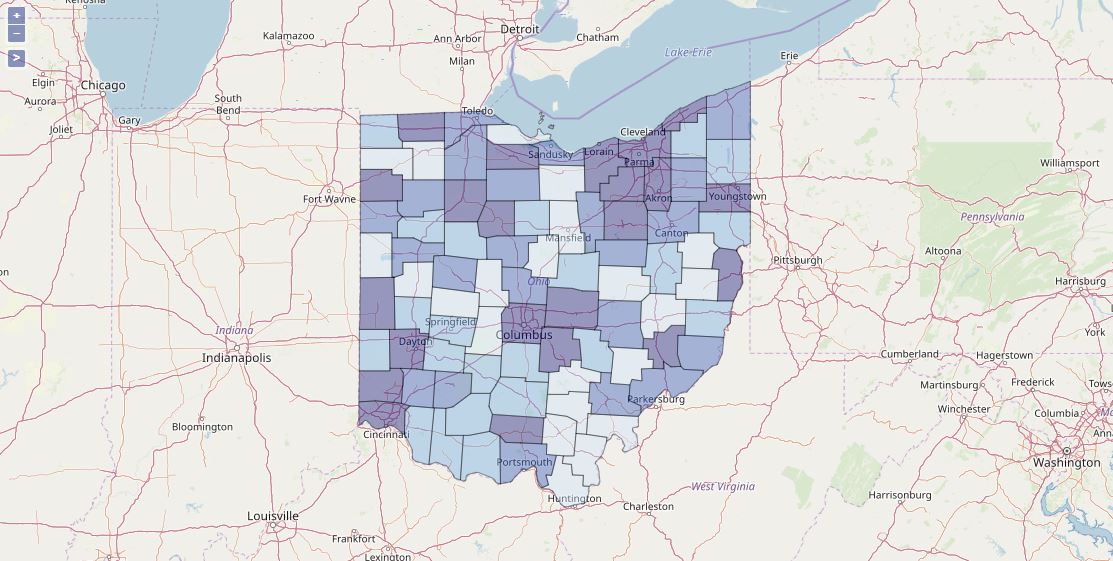Today on the blog, we are starting a new column called “Hot Topic” in which we’ll take a look at events that are making headlines and examine the data or analytics implications. We’re going to start with a health topic that has been front and center in the news over the last few weeks: the measles outbreak.
The Centers for Disease Control and Prevention (CDC) says measles was “eliminated” from the U.S. in 2000, but there have been an increasing number of cases lately – with hundreds in the first few months of 2019. Let’s examine the issue and see how organizations can use analytics to help manage the outbreak.
What you need to know about the measles outbreak
According to the CDC, as of April 4, there have been 465 cases of the measles reported in the U.S., making it the second highest case count in the country since 2000 – and we are not even one-third of the way through the year.
Cases have been reported in 19 different states, and there have been “outbreaks” (defined as three or more cases) in:
- California
- Michigan
- New Jersey
- New York
- Washington state
Internationally, there are large measles outbreaks in Israel, Ukraine, and the Philippines.

Source: Centers for Disease Control and Prevention
Mandatory immunizations
New York City – which has nearly 300 cases of measles in four Brooklyn ZIP codes – has declared a public health emergency and is mandating vaccinations. All unimmunized children and adults must receive vaccinations unless they have a medical exemption.
This is important because to achieve herd immunity, 93% to 95% of a population must be vaccinated. That will help protect those who can’t receive immunizations such as those with weakened immune systems.
Viewing the impact with FRED
Researchers at the Public Health Dynamics Laboratory in the Graduate School of Public Health at the University of Pittsburgh developed a measles simulator called FRED (A Framework for Reconstructing Epidemiological Dynamics).
This simulator shows the effect of a measles outbreak in different areas of the country at both an 80% immunization rate and a 95% (herd immunity) immunization rate. It’s a fascinating look at how quickly disease can spread, even with a majority of the population still immunized. The simulations demonstrate the importance of achieving a 95% immunization rate within communities.

Source: FRED, University of Pittsburgh
The role of analytics in the measles outbreak
As communities are grappling with how to contain a measles outbreak or vaccinate the unvaccinated in their communities, analytics can play a role.
For example, EHRs already record a patient’s vaccination history and note when a vaccination is past due or needed. And they can be very good at spotting things that don’t look right, such as a missed vaccine on the schedule and alert providers when they see patients.
Analytics systems such as Diver Platform can take this a step further by tracking alerts from the EHR and proactively notifying provider staff so they can call-down on patients who are overdue for vaccines. For example, Allied Physicians, based in Melville, N.Y., is currently doing something similar for patients who are overdue on their well-visits.
Using maps to monitor outbreaks
Physicians offices and health systems can also use the mapping feature in analytics platforms to visually view outbreaks. While the heat map below might not be as useful with just a handful of measles cases, in a larger scale outbreak, such as the one in Brooklyn, providers could see where cases are clumped together.

Alternatively, providers could use a map to view immunization rates in different areas and focus outreach efforts on those areas below a certain percentage threshold.

Conclusion
With nearly 500 measles cases across the country and close to 80 being reported each week, it’s critical for providers to ensure that patients are properly immunized. Analytics can help notify them about which patients need to be vaccinated through both alerts and visualization.
Learn more
Would you like to learn more about Diver Platform’s data and visualization features? Take a self-guided tour of our software.
Or, you can read more of our informative articles on healthcare such as:
- How Analytics Can Help During Flu Outbreaks
- 3 Predictions for Healthcare Technology in 2019
- Healthcare Innovation in 2019: Keeping the Consumer Top of Mind
- Solving Hospital CEOs’ Pressing Challenges With Analytics - April 15, 2024
- Navigating the Wellness Wave: Wine & Spirits Data Strategy - April 9, 2024
- Takeaways from HIMSS24 - March 26, 2024



